After spending a couple of days heading to Arrowtown, I head the other way, north east to St Bathans. Millions of years ago (about 20 of them), thanks to a “long and complicated geological journey” which I won’t go into, rivers and streams dumped a pile of gold outside what is now the Vulcan Hotel in St Bathans. In the 1860’s, someone found it (the gold, not the hotel), which started a frenzy - or maybe, it is more accurate to say it moved the frenzy from Gabriel’s Gully, where gold had been found a couple of years earlier. At its peak, St Bathans had around 2,000 inhabitants - which probably meant it had 400 pubs. I exaggerate, but not by much.
Today, it has 7 permanent residents and is famous for its blue lake (which fills the hole left by those digging for gold, and is blue because of minerals in the rock) and a haunted hotel. There is, apparently, still a huge amount of gold in the area - it will not be comprehensible to some, but when they decided that further digging would threaten the town, they decided to save the town. It’s a little ironic that very little of the town stayed anyway - as soon as there was no gold to be had, everyone left. There is renewed pressure to give up on the remnants of St Bathans and grab the gold.
I learn this, and much more, by going in to the local museum - there’s not much in it which interests me, but the woman running it is very talkative and full of knowledge. There’s another fellow listening in, who seems to be all for digging up whatever gold is to be found, where ever it is - he seems to be a Nat or even ACT voter. I do something naughty and look him up (he leaves his name in the visitor book) - nothing I learn about him suggests otherwise.
The museum is in the former Post Office - it was built in 1909 and stayed in business for 30 odd years, when it became a house (the upstairs rooms are furnished as bedrooms). It came into public ownership in 1981 - there was an attempt in 2011 to turn it into boutique accomodation but public opposition was so fierce, the idea was abandoned. There may not be many people living here, but they really believe in keeping its history alive. The property has been let to the St Bathans Area Community Association until 2030 - but apparently, there is some sort of review, as all visitors to town are urged to go in, look around and sign the visitors’ book so things can stay the way they are.
The bell is from the former school, which was devastated by an earthquake in 1943 and had to close. Moving down the hill is the former BNSW and Gold Office. I don’t know what the building beside it is: as for the next one down, that’s easy.
I go in to sample the chips (fine, without being exceptional) and beer - a pale ale from the soon to be closed Otago Brewing School run by the Polytech at Cromwell. I actually thought they were already closed down, but the owner could tell me they’ll be brewing until the end of February, and he’d just acquired six kegs anyway.
The Blue Lake is just across the street, although to get clear shots, I need to move around a bit. Because it’s cloudy, the lake isn’t particularly blue.
There’s a handful of other buildings on the main street through town.
Sitting above town is St Patrick’s Catholic Church. It’s locked up so I can’t go in. The church was built out of mud brick in 1892 - the cemetery preceded it by 30 years. I’m not sure if it is used at all these days (I don’t think to ask) but I know that 15 years ago, it was only used a few times a year. The locals keep up the grounds and money has been available to restore the church. I’m amused by the little red Corvette I see on the way up.
The remnants of the school are next to the church - it is now privately owned, but I see the owner and he invites me in to look around. It’s actually being restored, in three stages - they need to stabilise the stonework, then a stonemason will come in and work some magic, before work will be done to make the tops of the walls more weather resistant. He’s not going to even try to do a full restoration - the goal is to get it cleaned up and in a state that it’s safe and won’t deteriorate.
I leave St Bathans bitterly disappointed - I only needed to find one more local to talk to, and I would have spoken to more than half the residents. That would have been an achievement!
In my conversations, I learn about Cambrians - once known as Dunstan Creek, but that caused confusion with another location with the same name. It was also known as Welshmans’ Gully, because it was primarily occupied by Welsh miners. There was another place (now Switzers near Waikaia) which had the same name, so they went for Cambrians: “an euphonious name, suggestive of the Welsh origin of the place”, although not every one was happy. It references Cambria, the ancient name of Wales but as a writer to the editor of the newspaper complained, “Cambrians is neither an adjective nor a noun”.
It is down a side road, a few kilometres back from St Bathans. Originally it was settled as farm land, until gold was discovered there in 1861. Coal was also found in important quantities. Only about 200 people lived in here in those days: “town” consisted of the Welsh Harp Hotel, a couple of stores and the chapel. The pub closed in 1918 - there are apparently remnants to be seen, but I don’t find them. The school was not closed until the 1950’s, when it was removed, but community support brought the building back.
Let’s go inside.
I spend a long time in here - there are several folders of clippings about local history, and a personal history of the school written by a former teacher, who actually attended as youngster. I forgot to note when this photo was taken, but I am captured by the expressions on the faces of the kids at both ends of the second row.
I had completely blanked out all memory of the book we used at Rangitane primary school to learn to spell, but seeing it here brought back memories of poring over it, then Mr Strachan drilling us on the words. I guess there were some kids he had no expectations of, but he was less than amused when I missed words. Every so often a couple of us would be put at the front of the class to compete against each other. I wonder how useful the instructions on how to learn to spell are, and what techniques are used today - if anyone even cares about such things.
I hope the books in the book case I see when first entering are for sale - I grab all the coins I can find in the Jeep (even unstick them from each other) as a donation in exchange for one of them.
There are a few houses lining the road as I go in - about a dozen households still live here. A reporter from the local newspaper wanted to talk to them, but reports they all got together and as a group declined to be interviewed. Near the end of the road there’s a reserve of some sort, with two rather elderly houses.
Someone is clearly living in the first house - I am amused both by the sign on the gate and the lack of a fence around it. I’m not sure about the second house, although I see boots outside the door. There’s also a campervan in the reserve, but I don’t find anyone to talk to, except for this family.
Art, rural style! I drive on to the end of the road - the entrance to a farm - passing these vehicles.
It’s been a fun day out - I go back to Alexandra via Blacks Hotel in Ophir. There’s a wee cinema run by volunteers in Alex, and I am determined to see at least one movie there (they don’t run many and most are for kids). Since The Problem With People is on, that’s what I see. There’s a supposed feud between cousins over family land, but it’s all a bit genial for me.
Cheers!




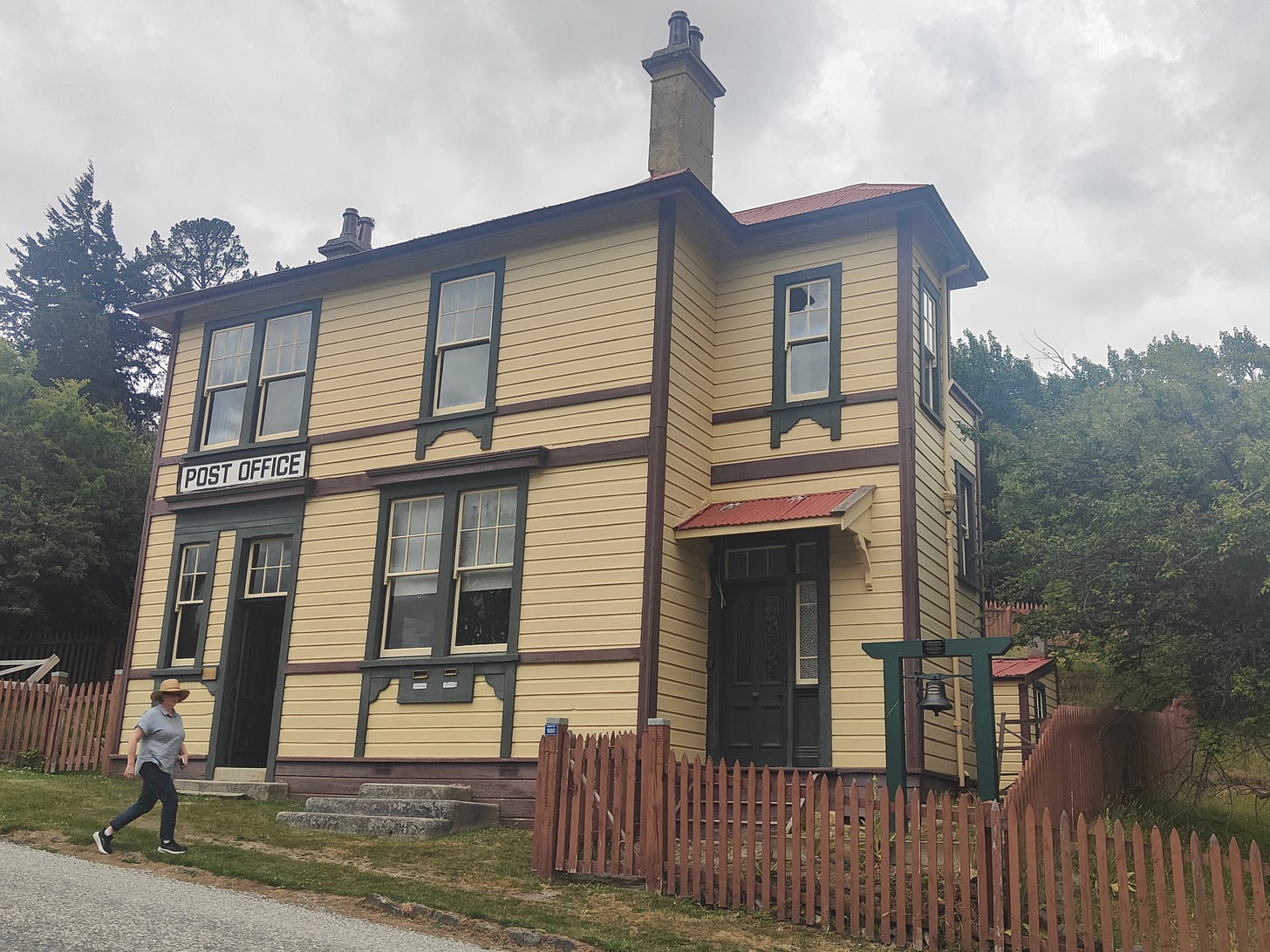
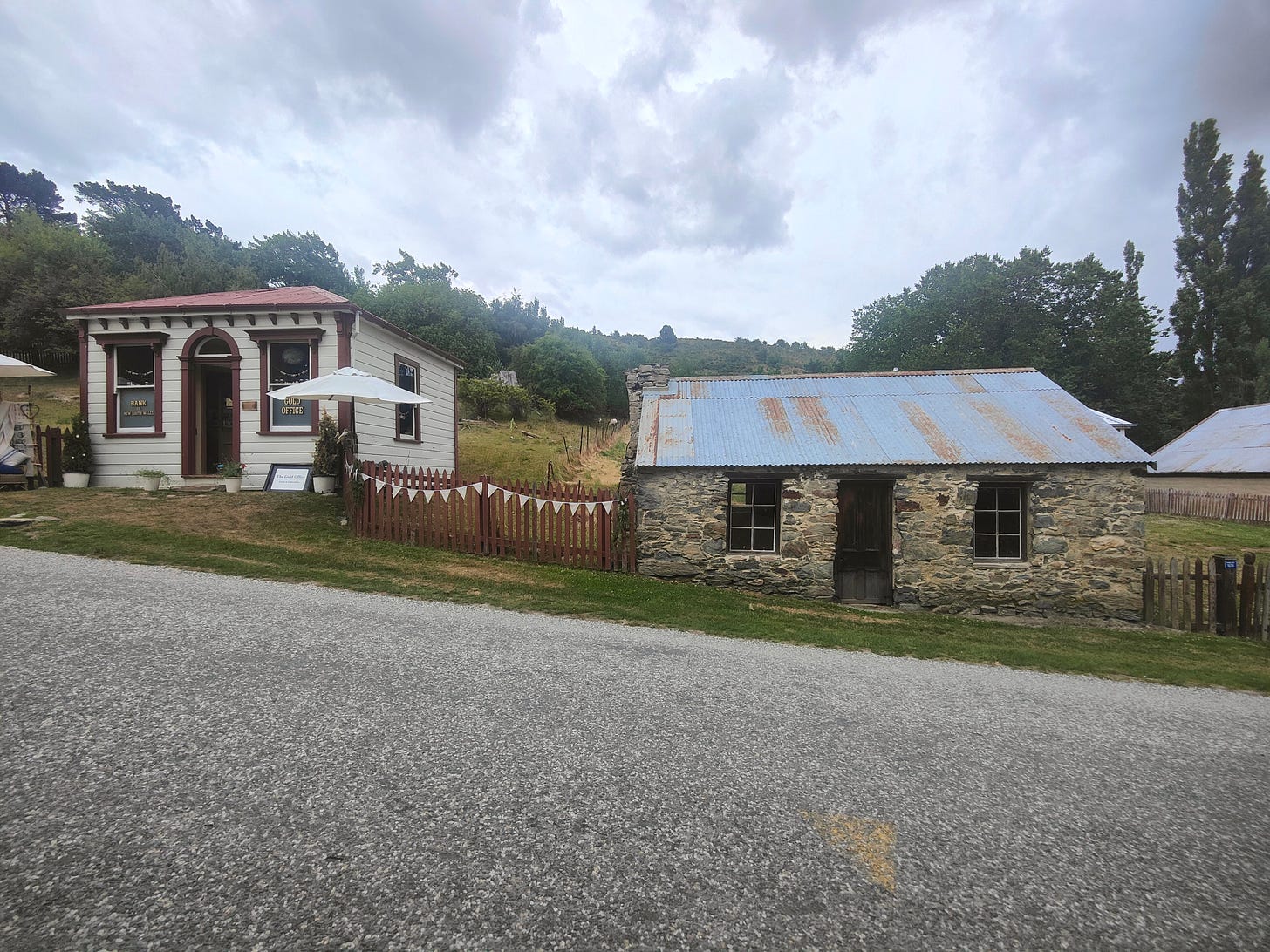


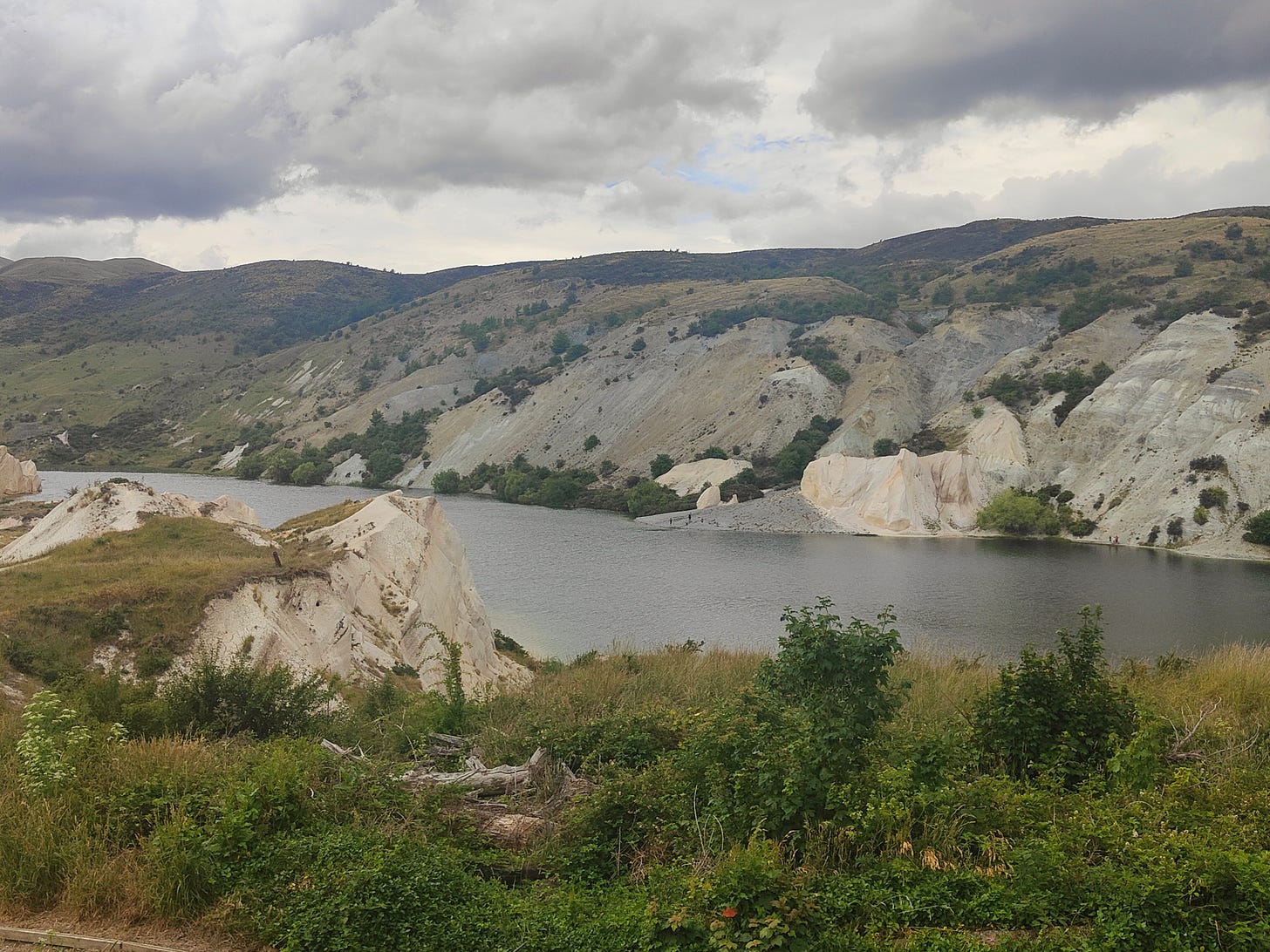
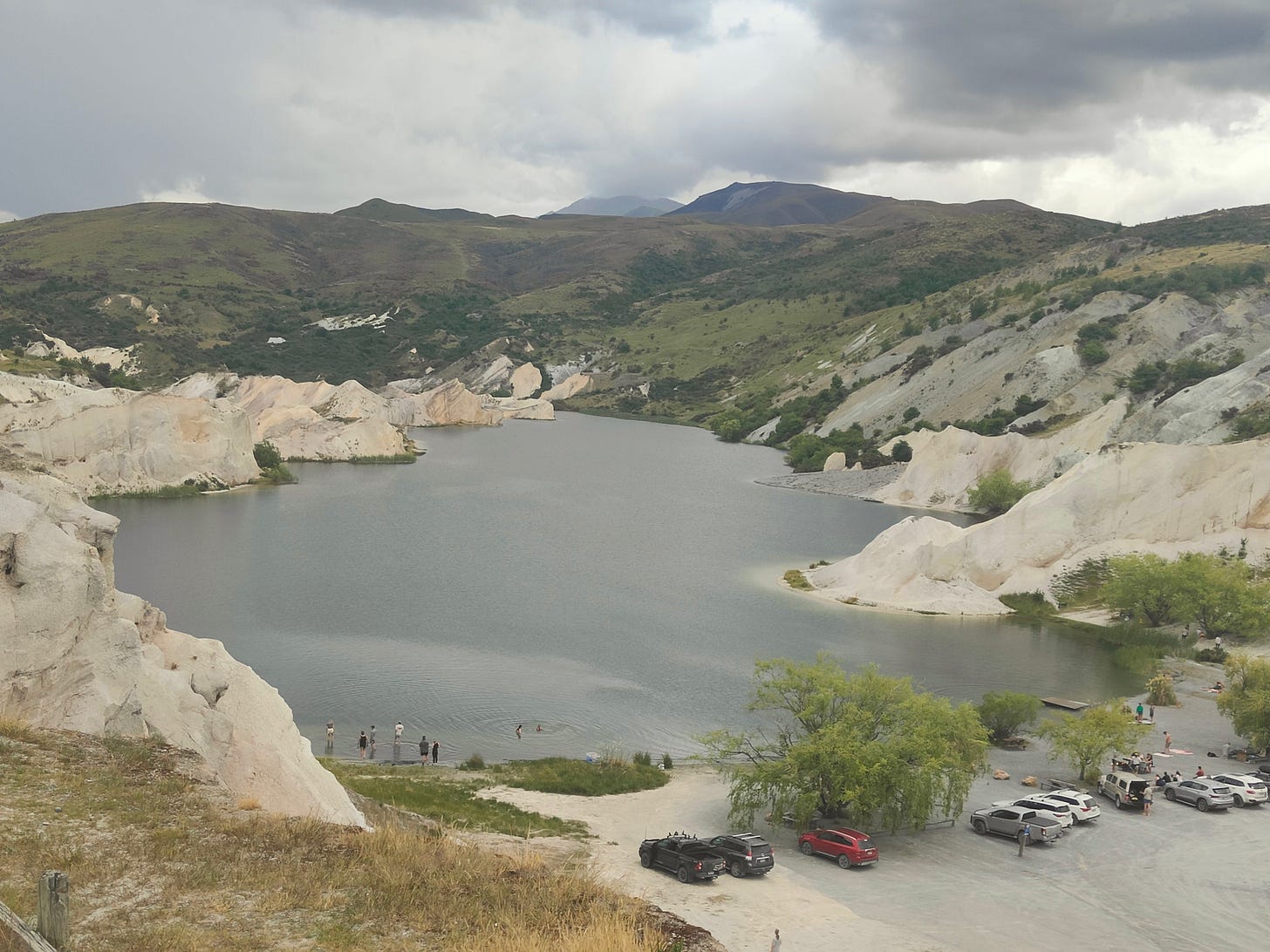
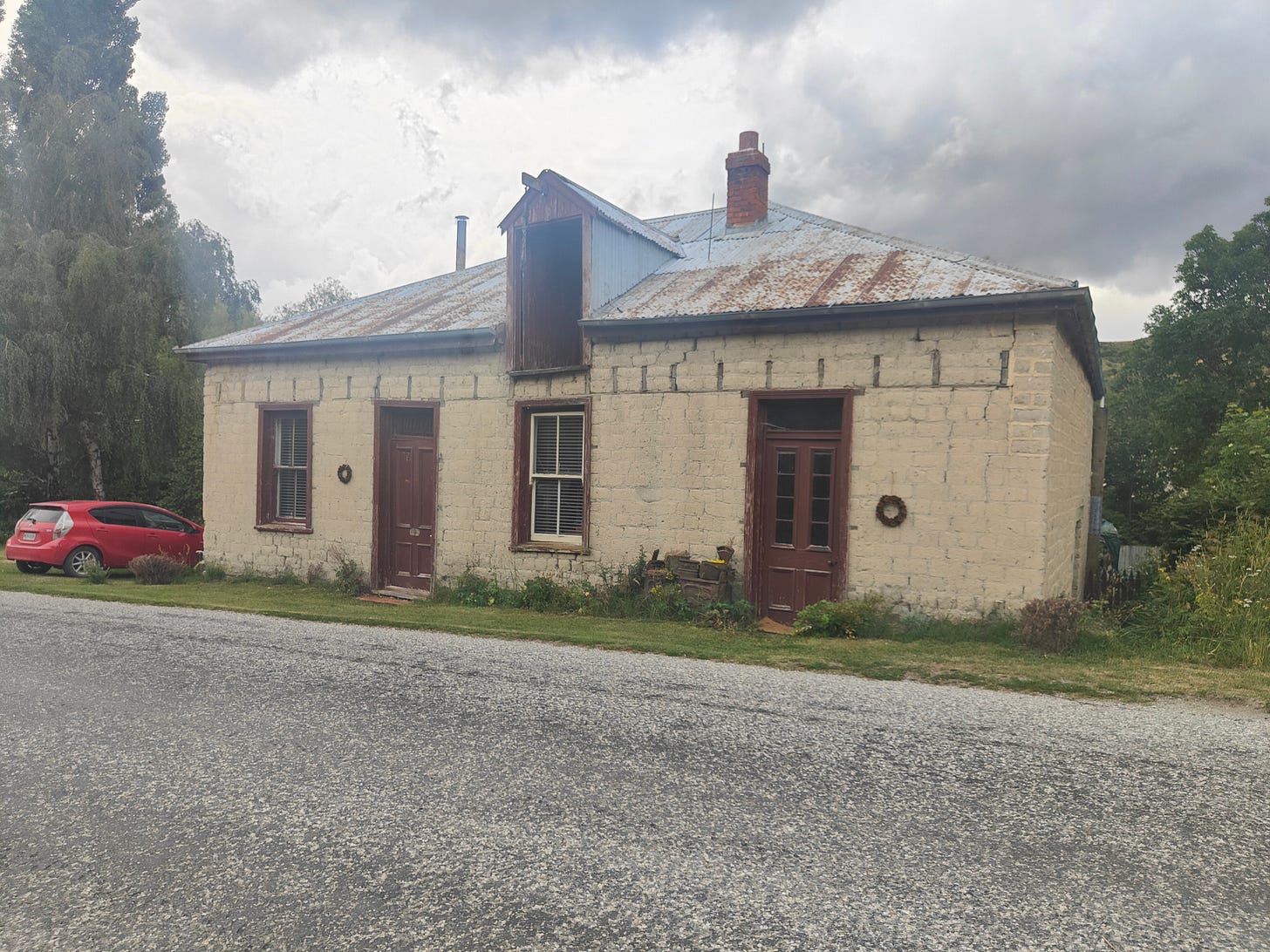
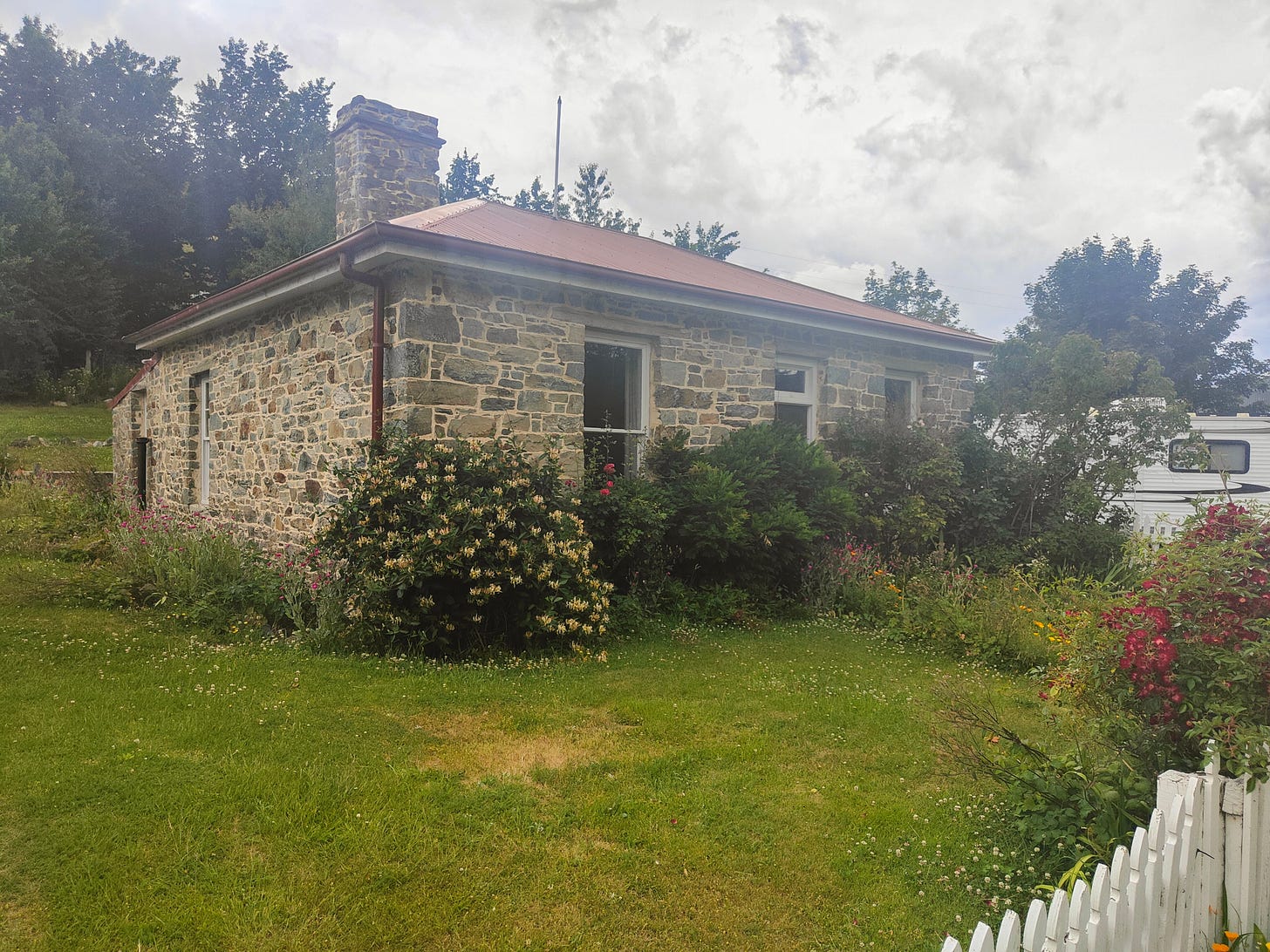

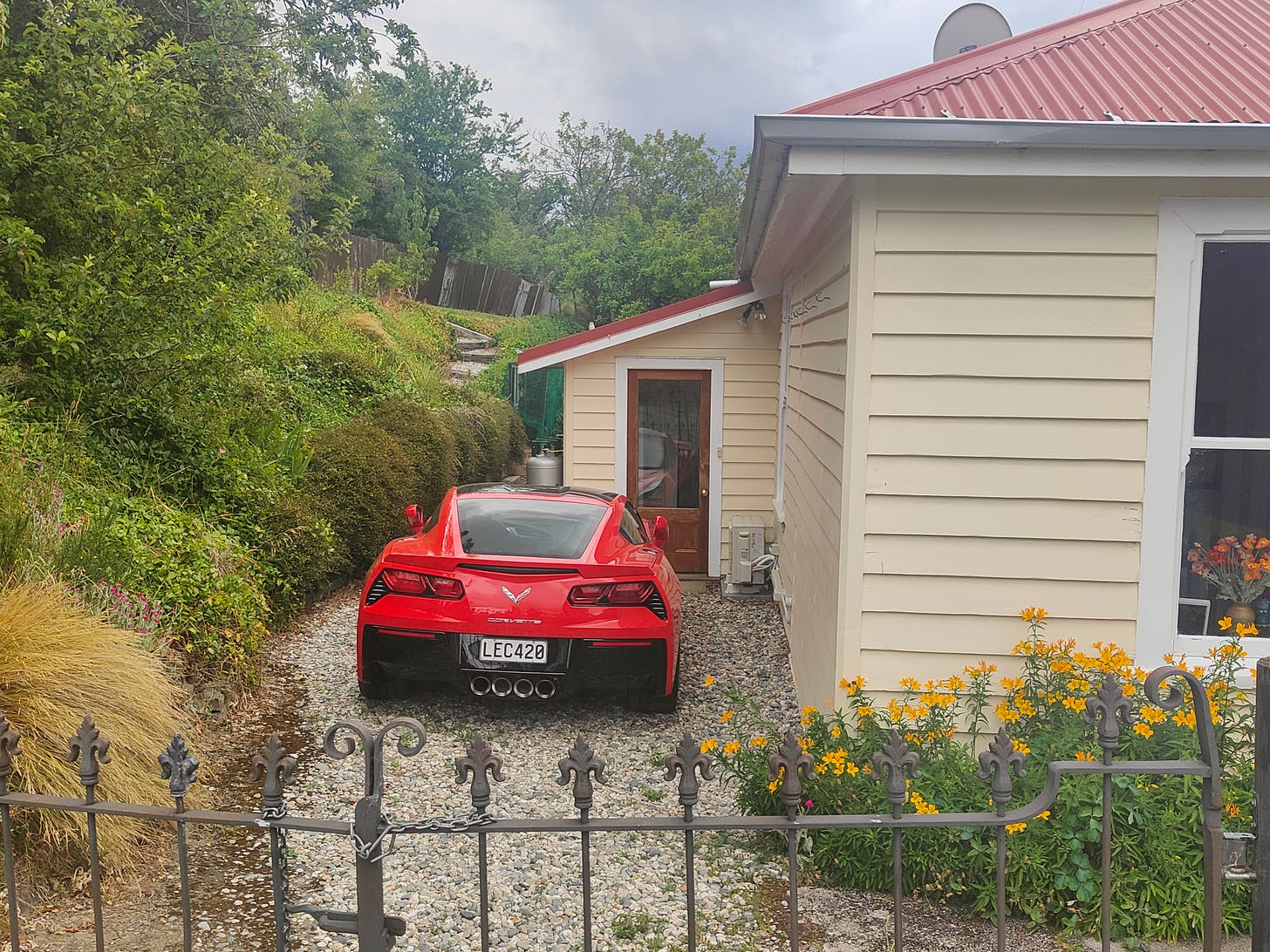

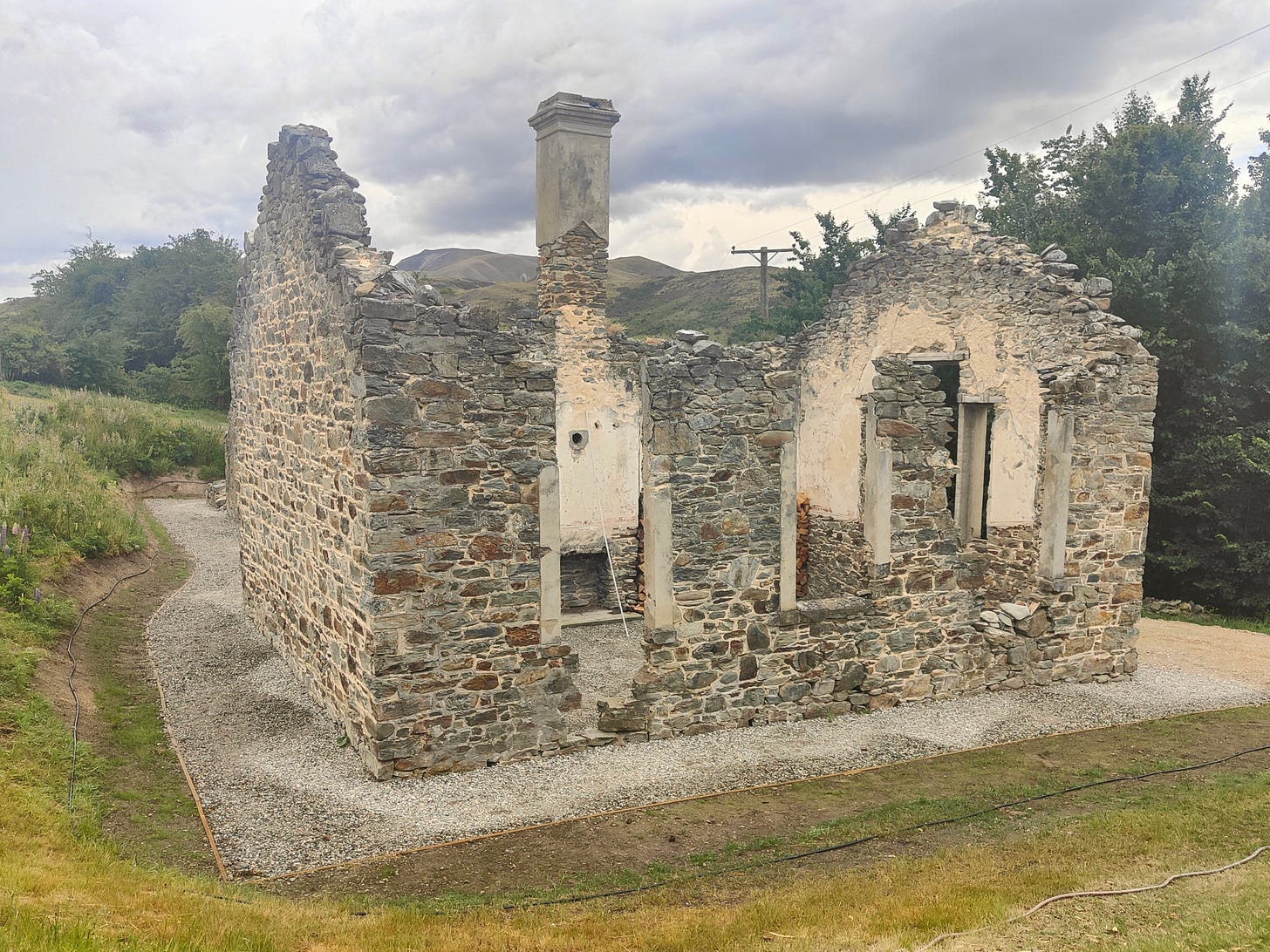
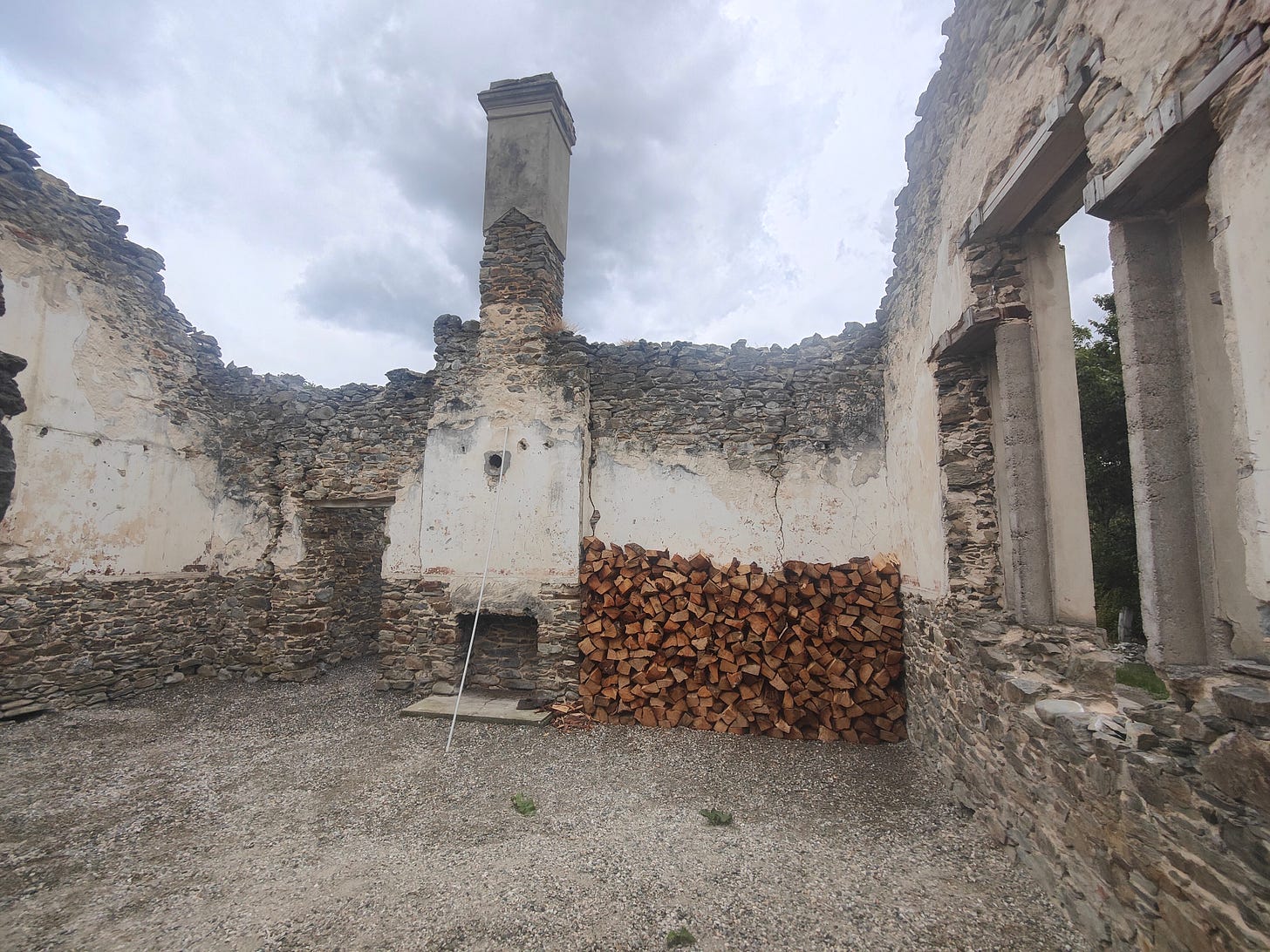
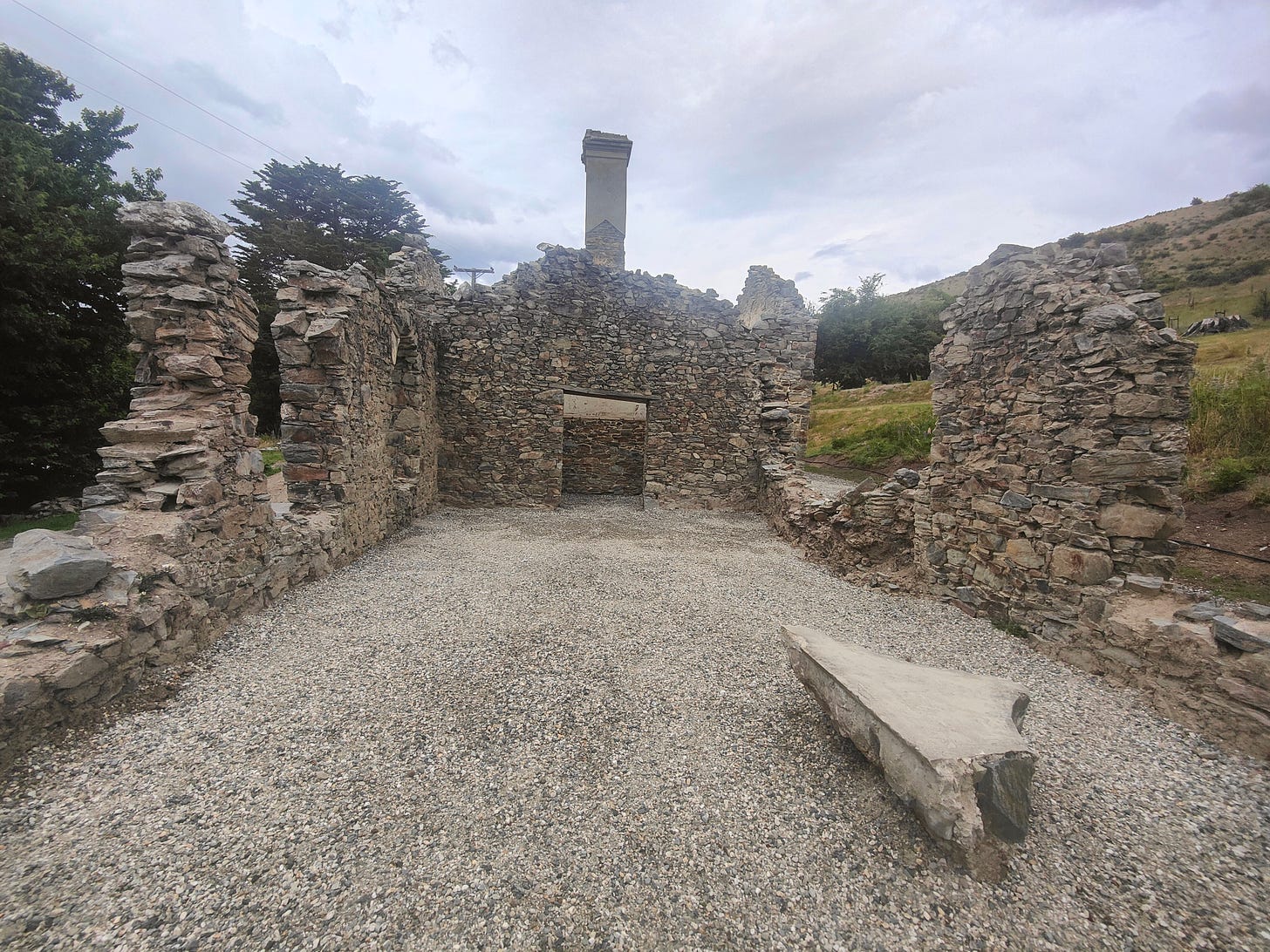
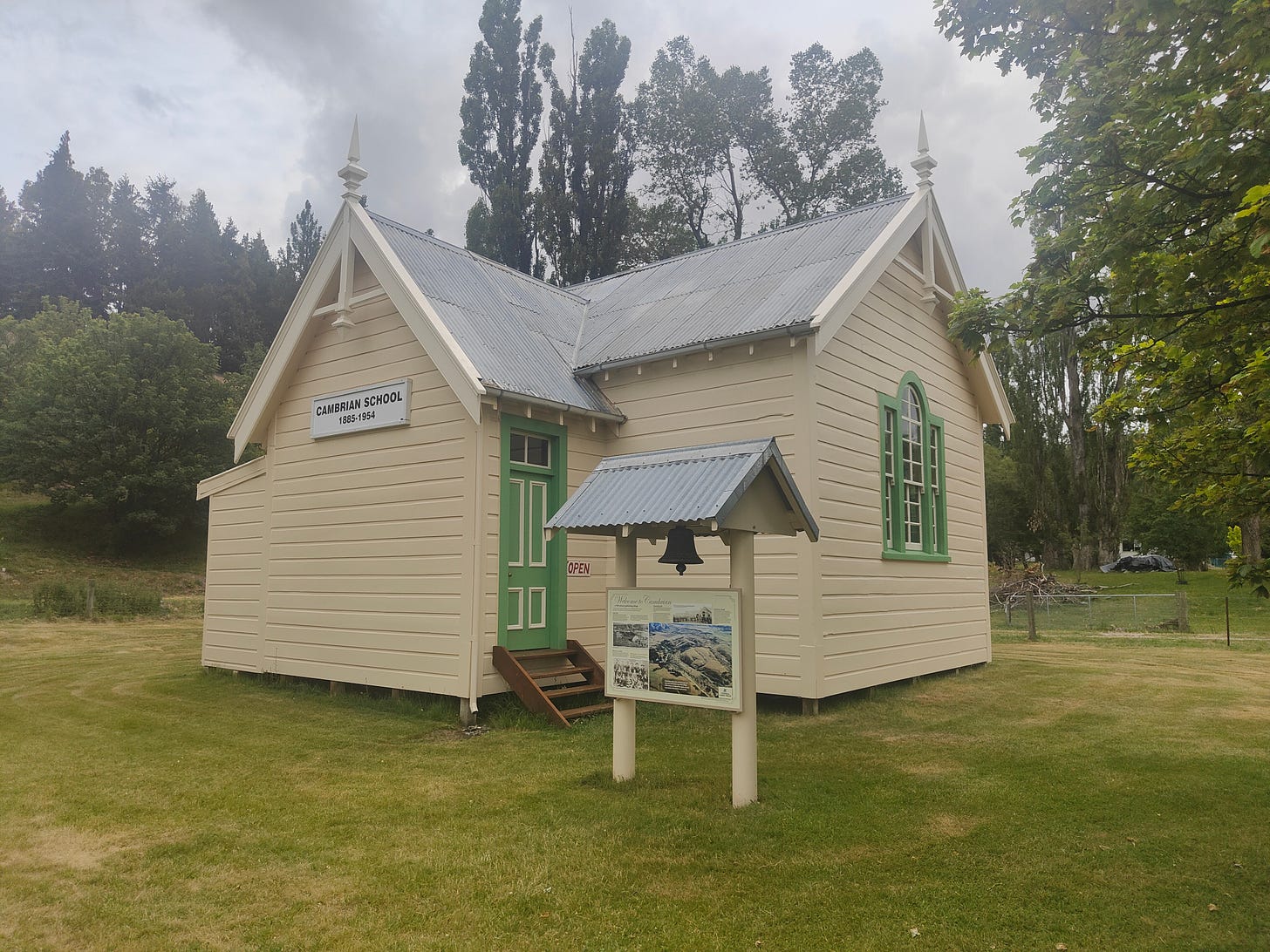
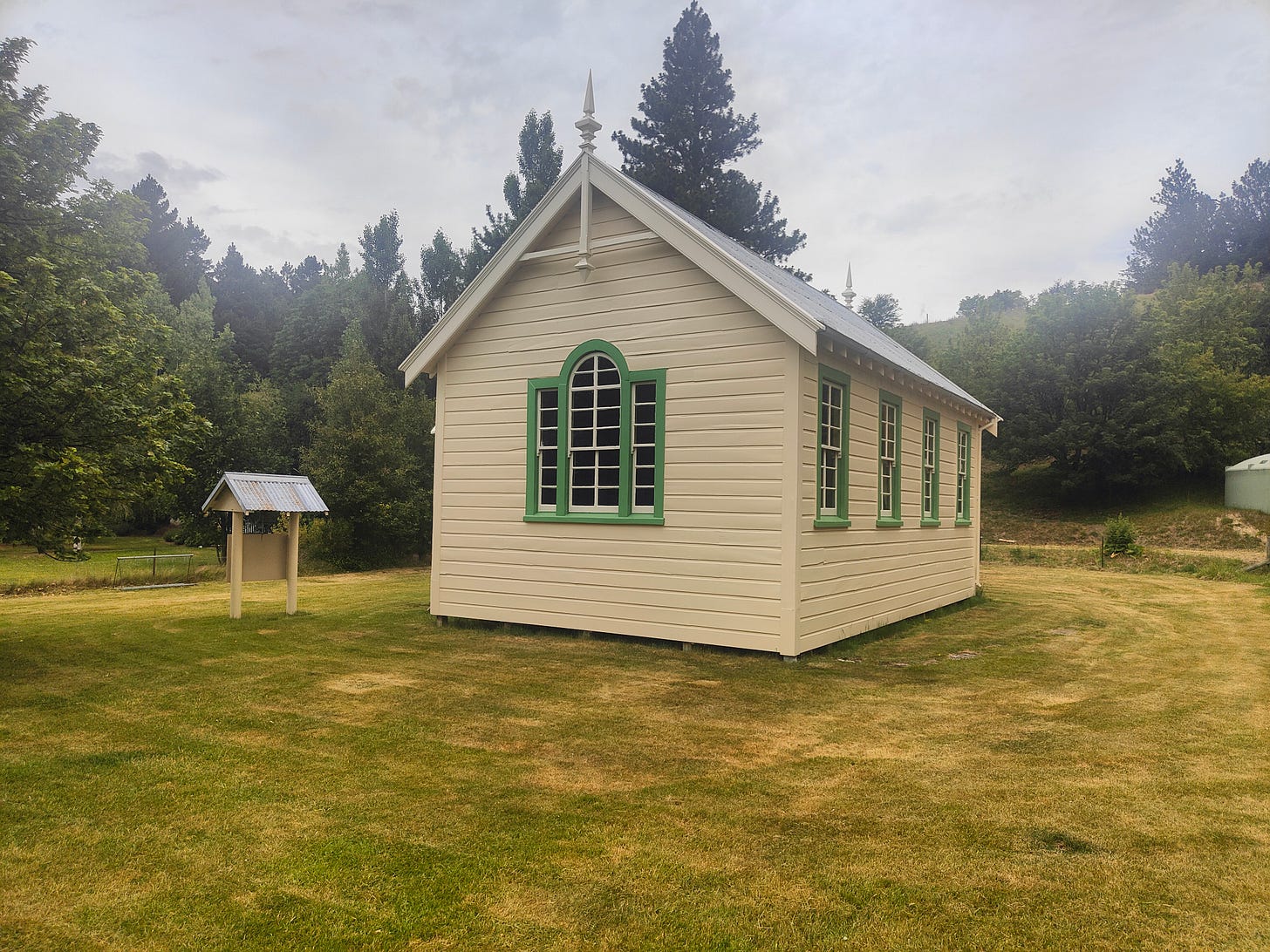

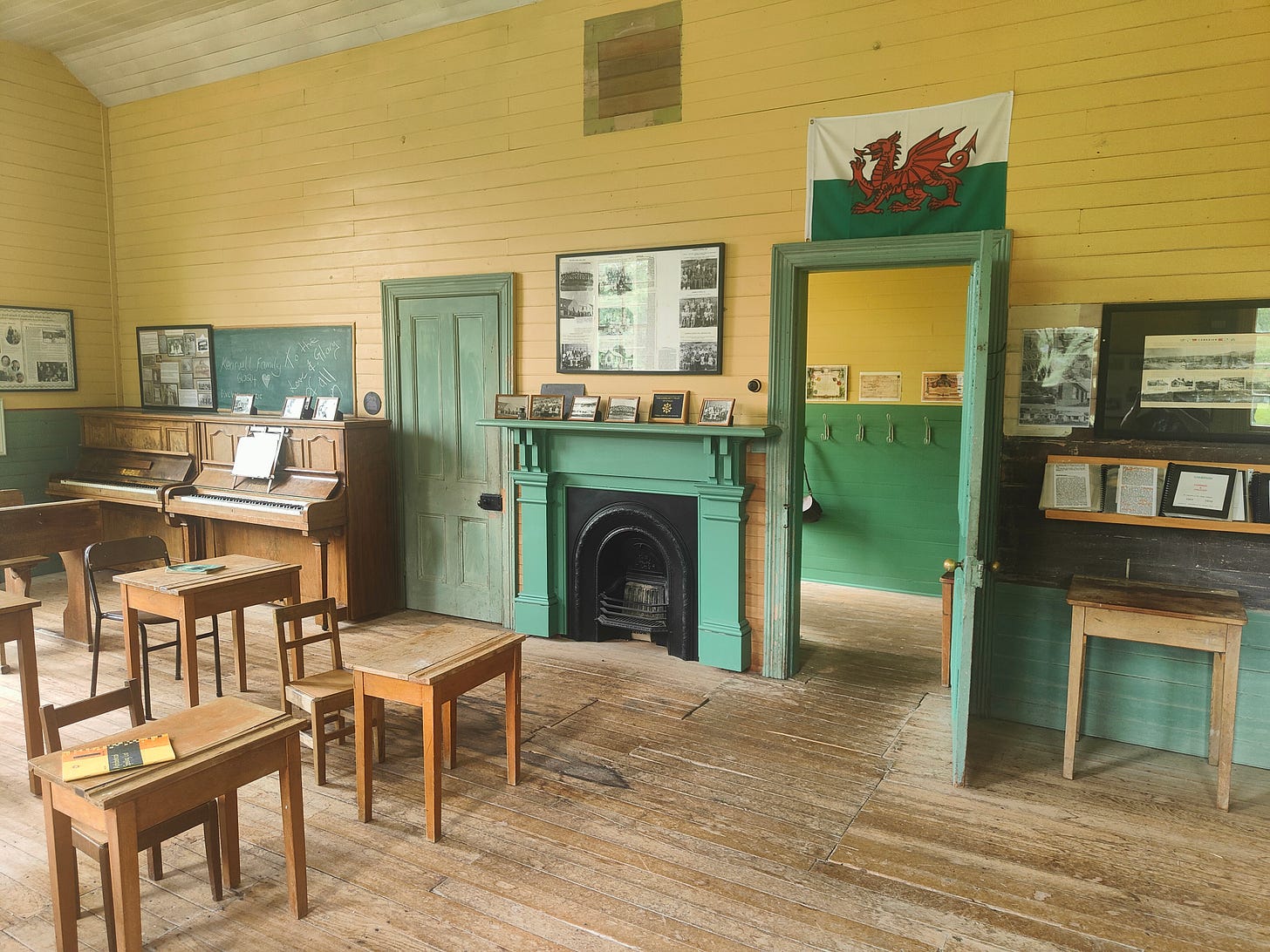
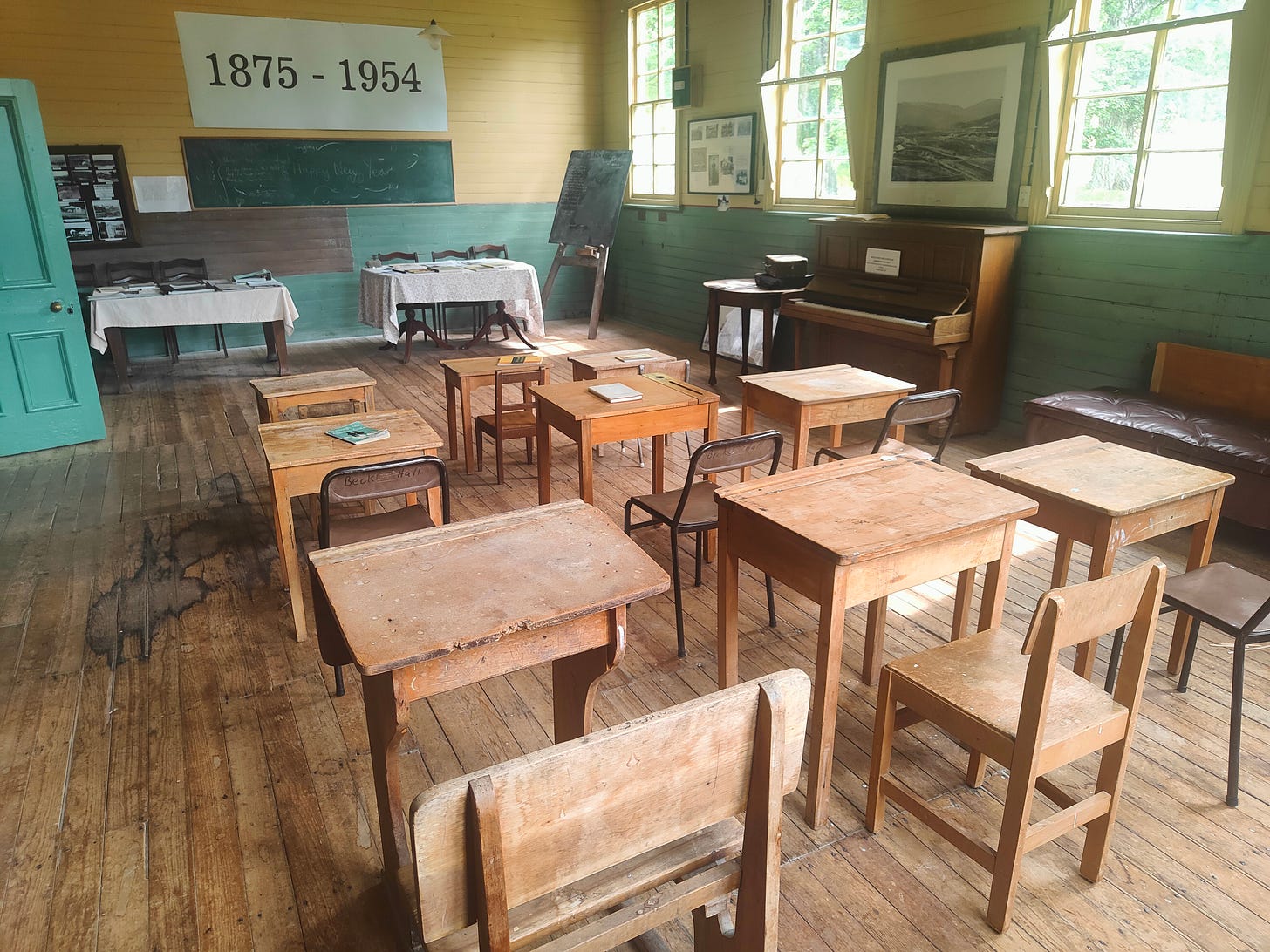
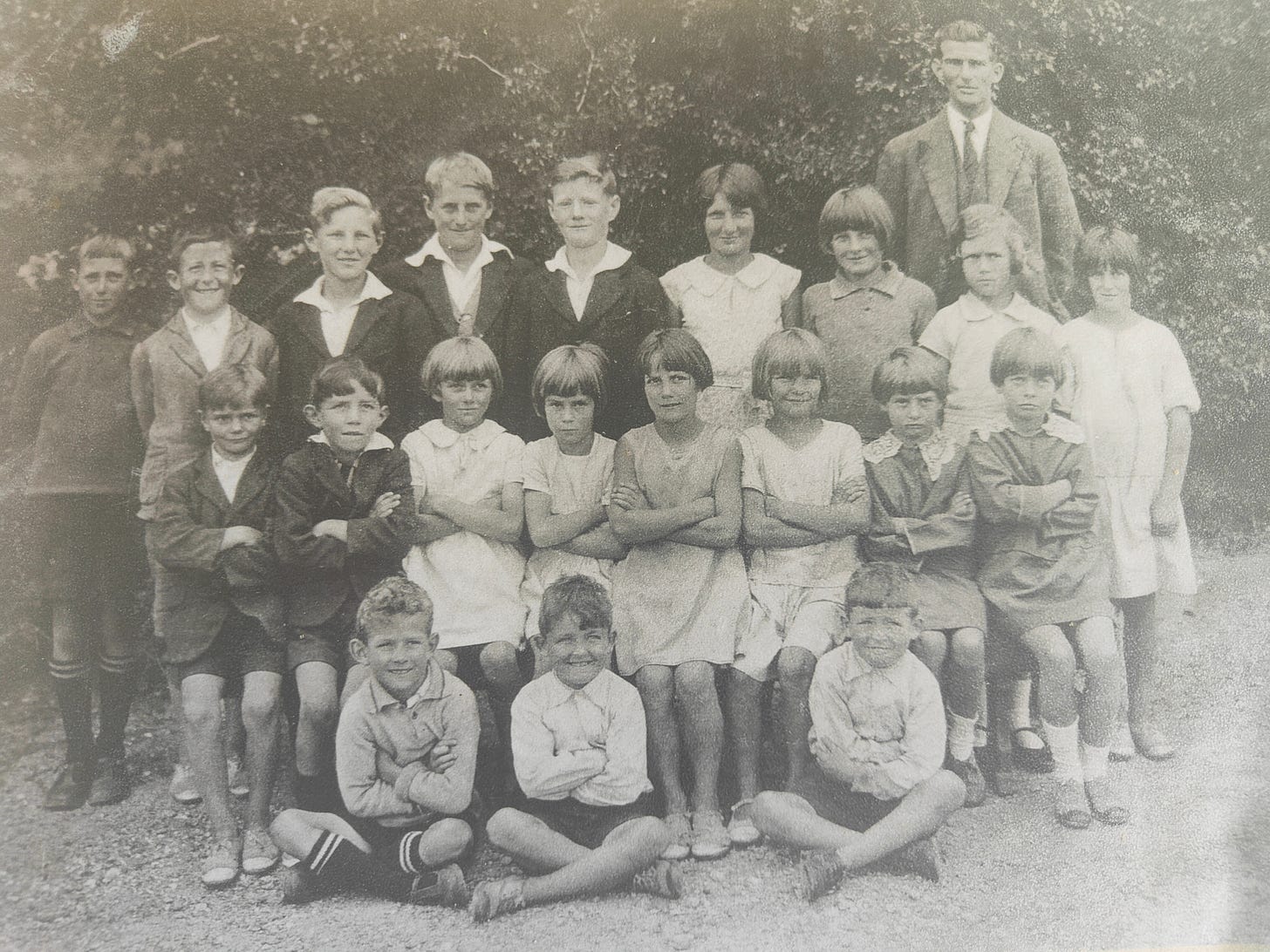
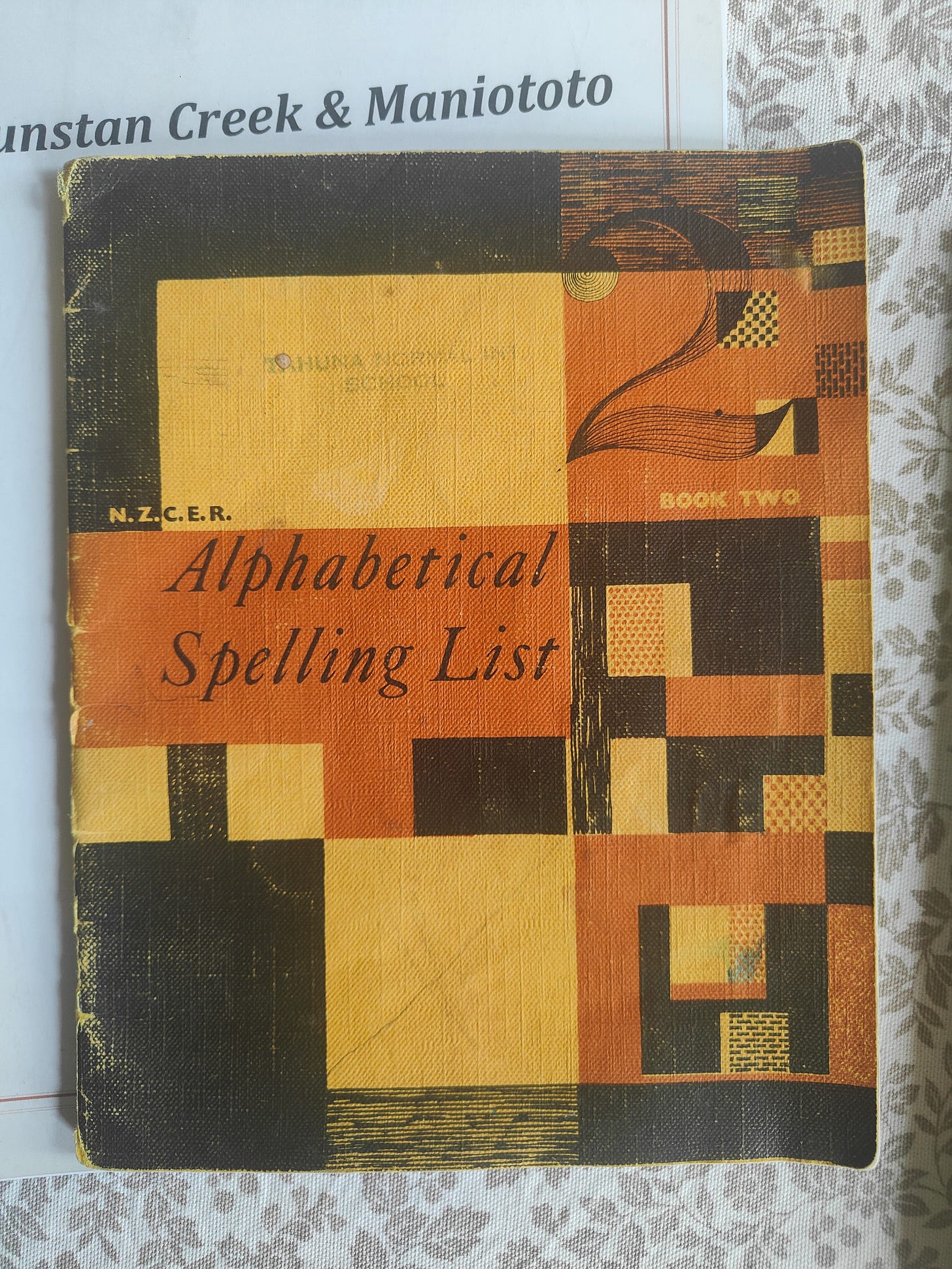


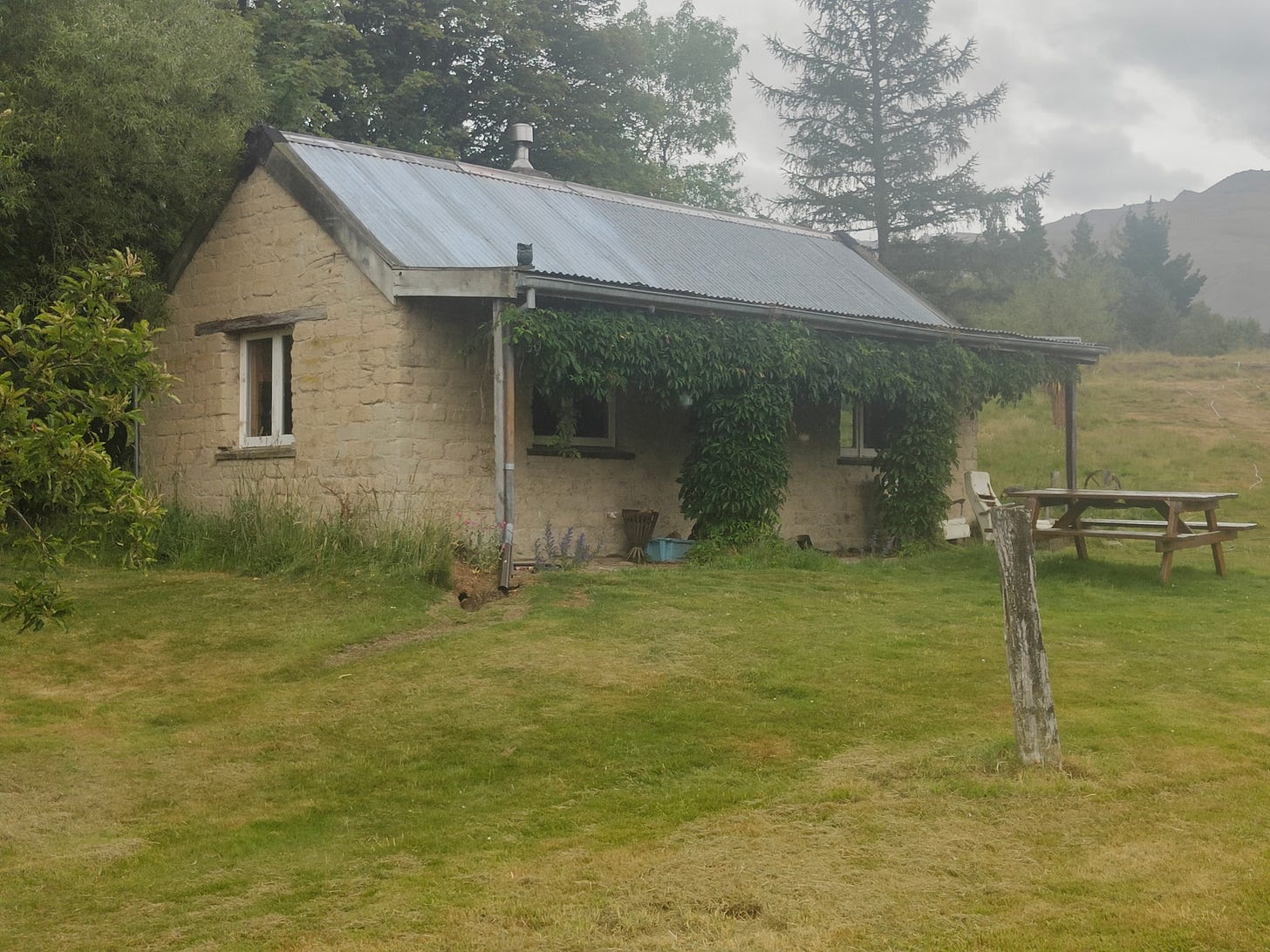
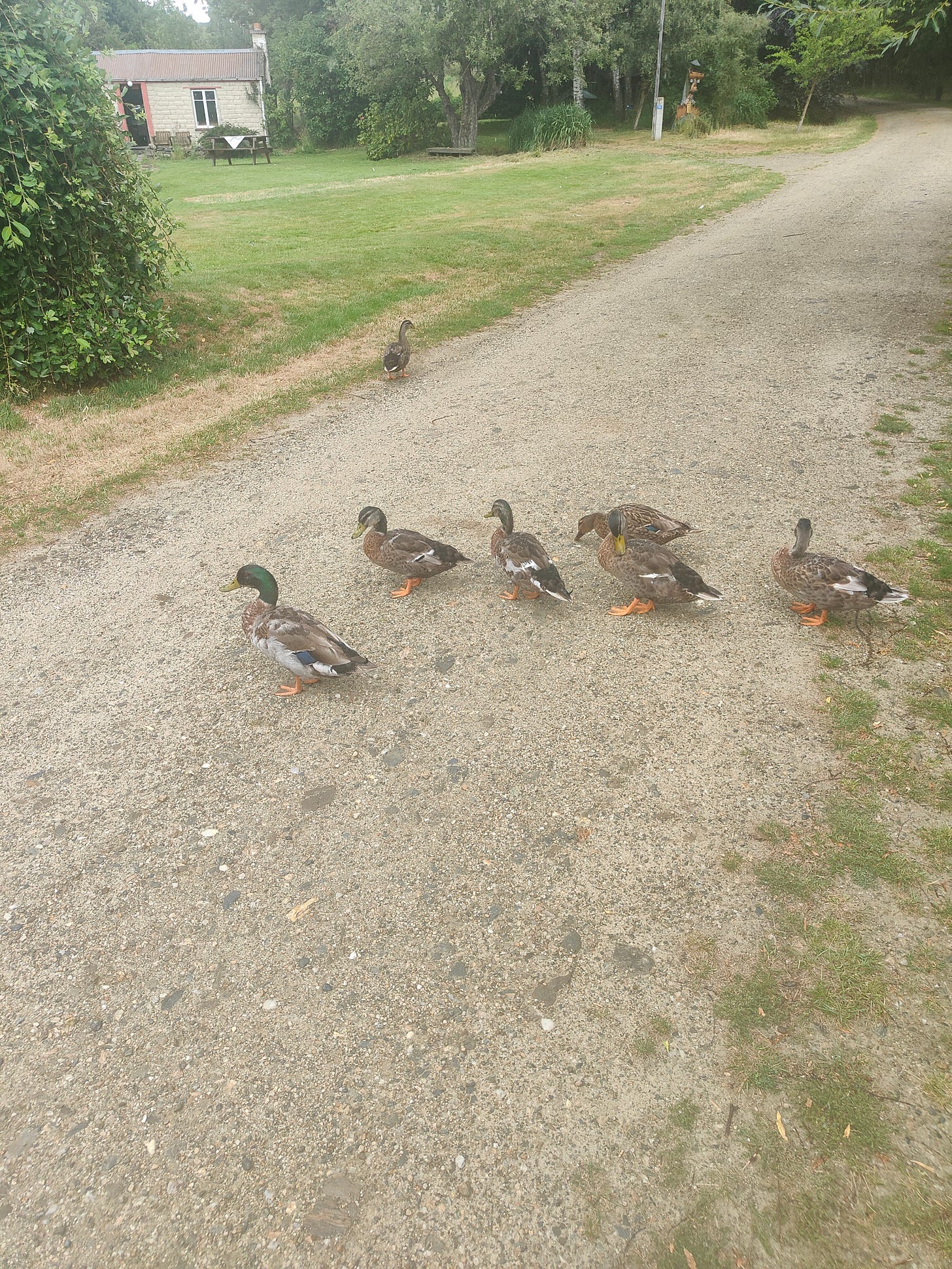

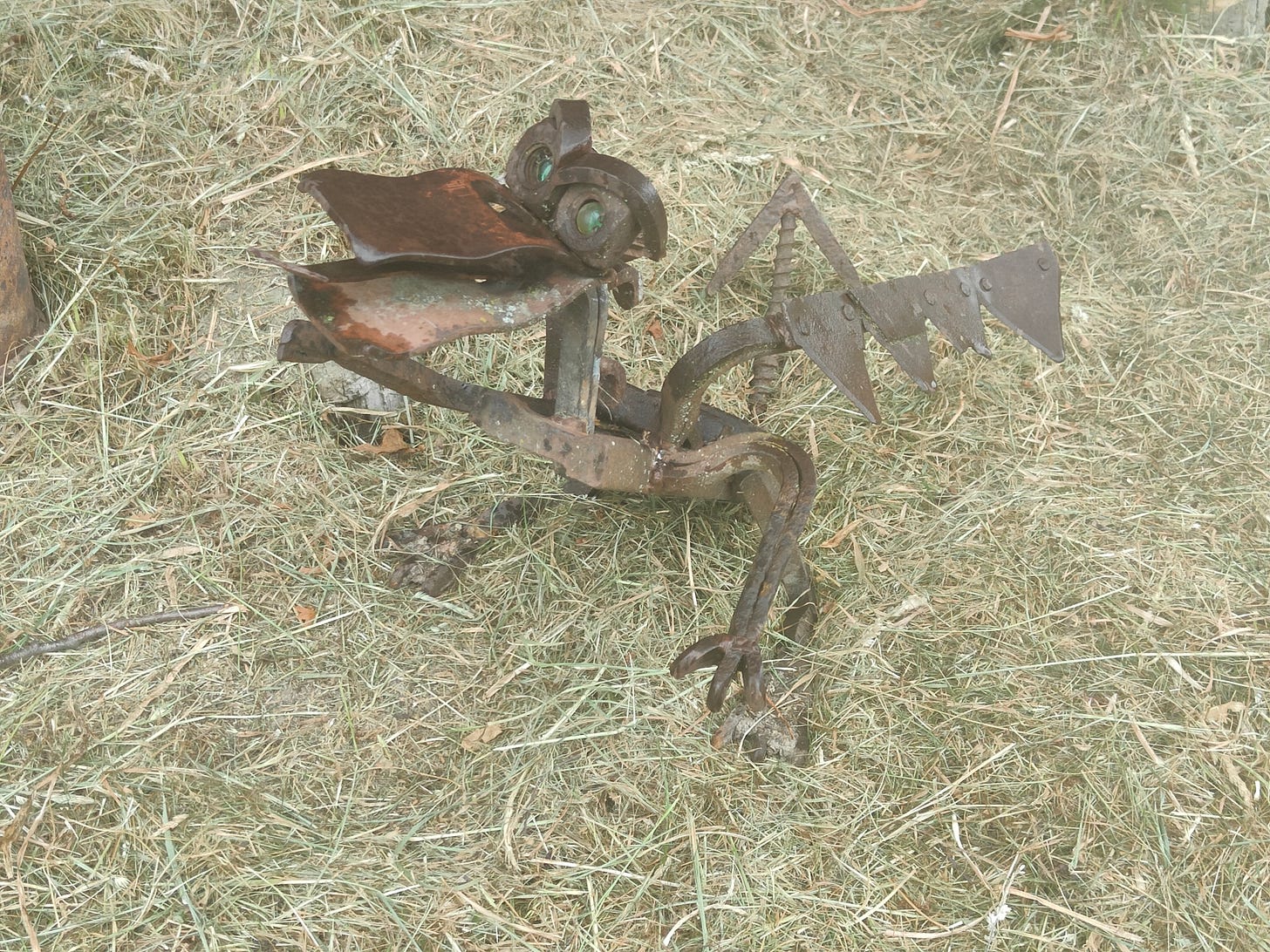

https://centralapp.nz/NewsStory/labour-of-love-to-create-cambrian-wood/6253427bb72194007a40b7fc
Thanks for visiting! I’ve spent quite a bit of time in this part of Central Otago over the last few years as have friends in Omakau.
Have had a picnic lunch in the Cambrian school house as it was snowing the day we ventured there. I know the chap who lives in the house with the sign at the gate. He’s rather well known for maintaining the gardens at the end of the road and it’s been often written about in garden magazine and the like.
Artist Grahame Sydney also lives close to the start of the road before you head into Cambrian village. I arranged a visit to his studio when we were last there.